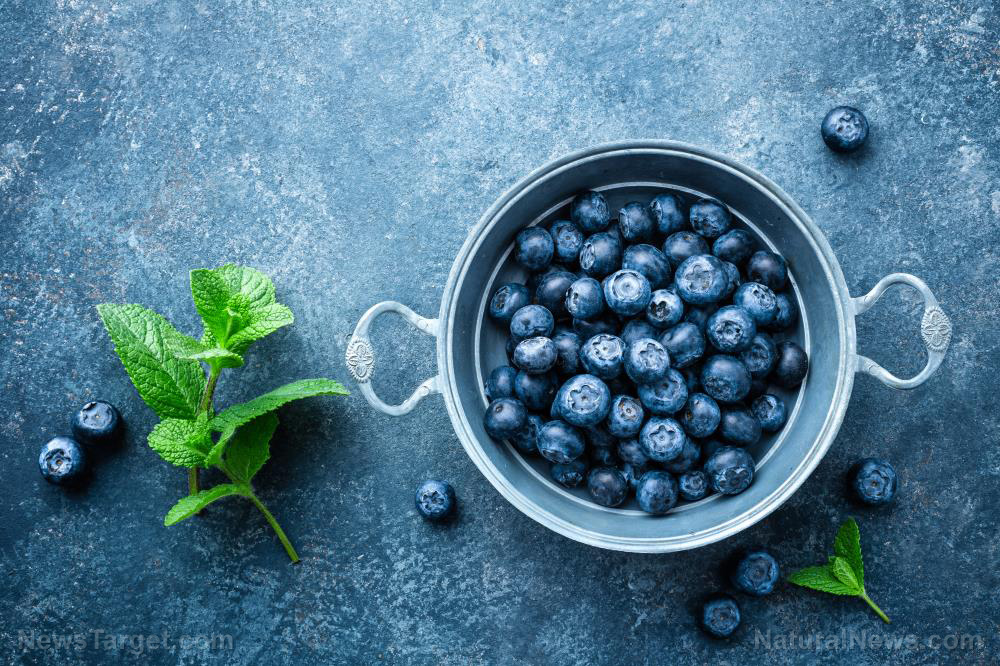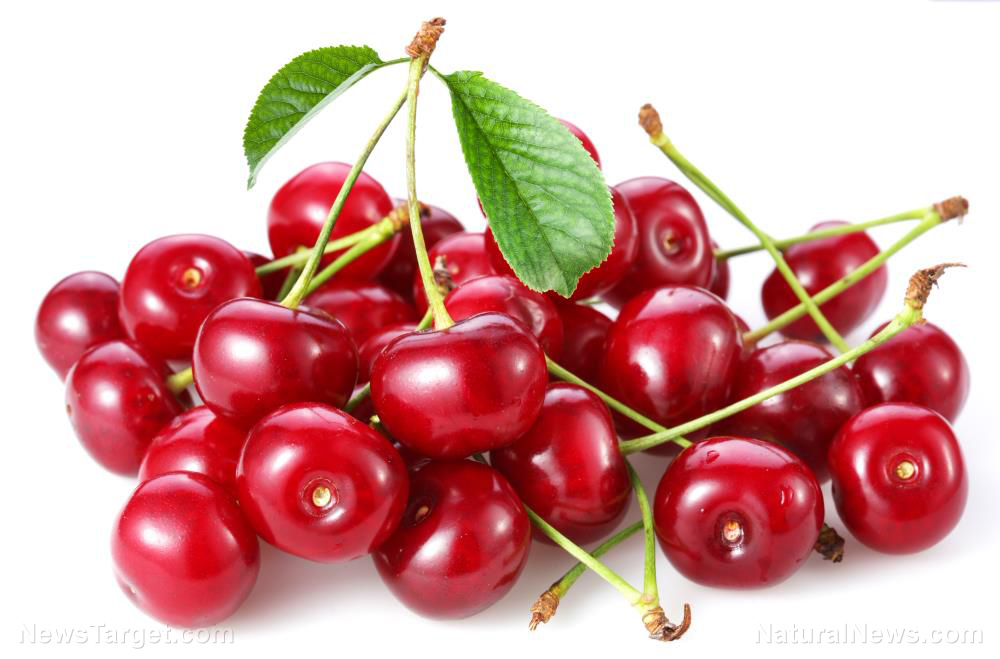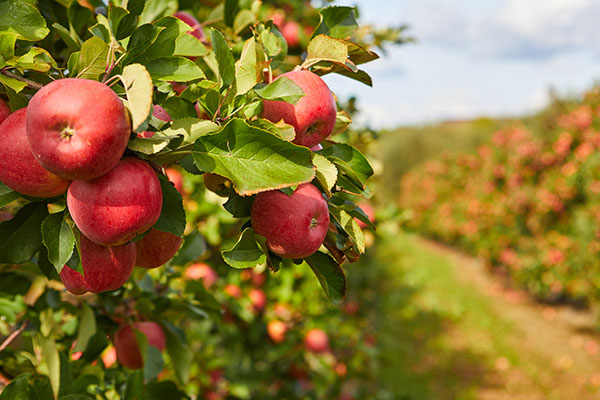
The benefits of hardening
Hardening is the process of taking your seedlings outside in increasing lengths so that they become strong enough to live outdoors. Outside, plants will be constantly exposed to the forces of nature, like harsh winds, scorching heat, and beating rains. You run the risk of having your plants wilt, burn, or die. There are also other factors that can affect your plants' health, like the soil and their access to water. As their gardener, it is crucial that you take the time to let them adjust to the outside world.
Here are some things to note before beginning the hardening process:
- The seedlings should be placed in a pot or a container. You can make use of recyclable materials in your home, like chipped bowls or plastic bottles; just make sure they're clean. This will make transporting your plants easier.
- Always check the weather conditions before bringing them out. Ideally, you should put them out during the early morning or late afternoon when the temperatures are a bit cooler. If there are days of bad weather, keep them inside.
- In the beginning, put them outside for only two to three hours a day. For the next few days, you can increase the time by 30 to 45 minutes.
Tips on how to harden off your plants
Before you harden your plants, remember that different seedlings have different needs. Some seeds only need one week of hardening while others might need a bit more time. It also depends on what kind of seedlings they are because different plants have different preferences in temperature and other factors. Make sure to do your homework on your plant's needs and preferences before beginning. (Related: How to test seed viability before planting in the garden.)
If your plants are homegrown
For gardeners who grow their own seedlings indoors, the hardening process should begin around three or more weeks before planting day. Homegrown seedlings are usually more delicate than others, so they need more time to adjust.
- Place your seedlings outside in a protected area, like the patio, porch, or veranda. For extra protection, you can build an elongated crate with unused boards and place them in there. It will still provide them with enough sunlight while protecting them from harsh winds.
- For the first week, bring them back inside at night. This protects them from the cool or freezing temperatures that can prove damaging in the long run.
- As the seasons progress, the air will become warmer. Place them outside in longer periods, and move them closer to areas with direct sunlight. If temperatures remain above 45 degrees, they can stay outside.
If you bought your seedlings from a store
Store-bought seedlings are generally hardier than their homegrown counterparts. They are also often larger and more robust. Nonetheless, they will still need to be hardened off to help them adjust to outdoor conditions. For these seedlings, about a week or so before planting is enough to harden them.
- Place your seedlings in a semi-protected area. This can be under a tree or near a hedge. You can also put in them in a crate, similar to the one described for homegrown plants.
- You can keep them outside for longer hours, but avoid the times when temperatures have reached their peak for the day.
- Like homegrown seedlings, they need to be brought back inside at night time in the first few days.
- As days pass, increase their time outside and place them closer to areas with direct sunlight.
In the course of the hardening process, if you see your plants wilting, bring them back inside to rest. Try again the following day. Before long, you will have a blooming garden and vegetables to harvest.
Sources include:
Please contact us for more information.






















